
The National Museum of Prague (Czech name: Narodni muzeum Prague) is the largest state museum in Prague, consisting of several museum buildings in the city of Prague and beyond, containing extensive collections with exhibits from the fields of natural history, history, art, music and librarianship.
The Prague National Museum was founded in 1818 as a treasure trove of national culture by Count Kaspar Maria Graf von Sternberg and historian František Palacki.
Over time, the museum's collections grew, and in the 20th century the museum was divided into several large collections, so there were separate museums of the National Museum in the city of Prague and beyond. The main historical building of the museum in the historical center of Prague was also erected.
The main building of the National Museum, which is historical, is located in the very center of Prague - on Wenceslas Square (Vaclavske naměsti).
The building was built in 1885-1891 by the famous Czech Neo-Renaissance architect Josef Schultz.
Today, this restored historical building in the Neo-Renaissance style has three-dimensional facades with protruding side and central parts, decorated with columns and sculptural groups and crowned with a large dome. A monumental staircase with three-dimensional sculptures leads to the entrance to the building.
This building is one of the most important buildings in Prague, declared a national monument of culture.

In front of the main building of the National Museum there is a monumental equestrian monument to the Czech Prince St. Vaclav (Pomník svateho Vaclava), made in the style of monumental realism, facing Wenceslas Square.

In the museum building on Wenceslas Square there are the "Museum of Natural History and History" and the Library of the National Museum, numbering 1.3 million volumes and 8 thousand manuscripts.
The museum has permanent exhibitions, as well as excursions and temporary exhibitions.
Expositions of the Main building of the National Prague Museum:
- an exhibition many millions of years ago - from the time of the first centuries to the Quaternary period with exhibits from small fossilized trilobite larvae to giant ammonites and completely new life-size models of prehistoric animals;

- a modern scientific exhibition with the most famous exhibit of the National Museum - the skeleton of a mouse whale and another 1,500 unique items;
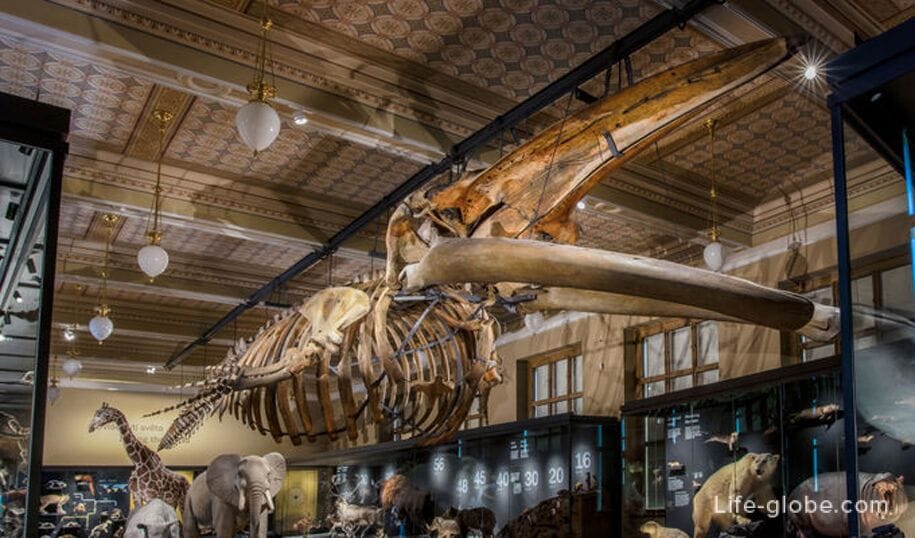
- the past of the Czech lands from the 8th century to the First World War. There are 2,000 exhibits that tell the history of the Czech Republic, from the smallest items of medieval jewelry and small artifacts documenting the daily life of people, to the largest object in the form of an archbishop's carriage of the 18th century, which can be described as a Ferrari of its time.;
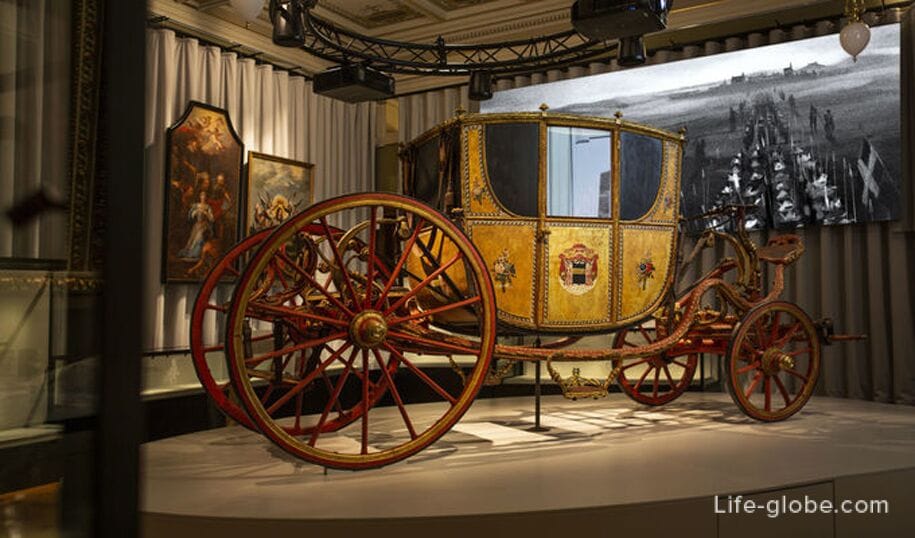
- "Mineral Hall", where the most interesting and beautiful minerals are exhibited in the original historical, so-called Schultz showcases, named after the architect of the Historical building of the National Museum. At the exhibition, you can see, among other things, several forms of gold, silver, diamonds and graphite in raw form;
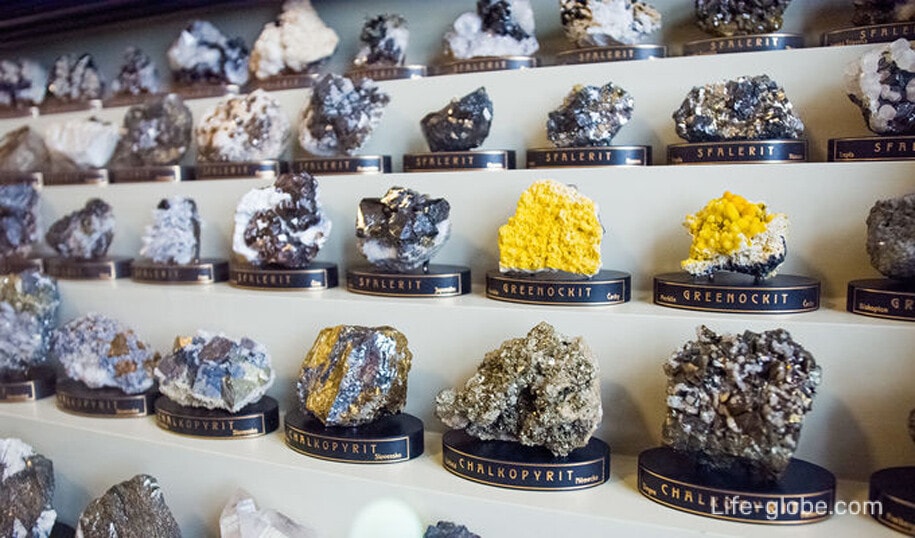
- "Luminescent Hall", where you can get acquainted with the phenomenon of fluorescence of minerals in ultraviolet radiation, when, at first glance, completely ordinary stones turn into glowing, with unique colors;
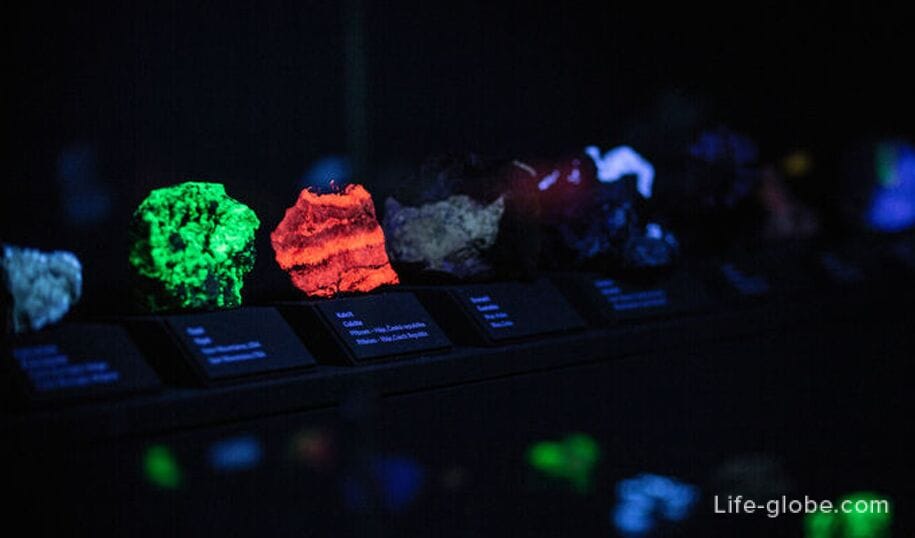
- "Mineral Wealth of Bohemia", which presents the four most important types of raw materials mined in the Czech Republic in the past: gold, silver, tin and uranium;
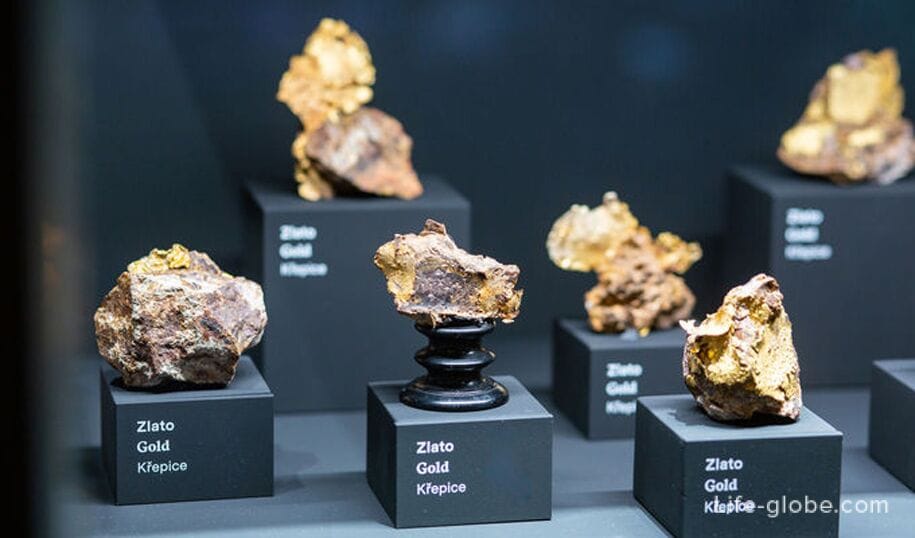
- "Meteor Hall", where you can find out how diverse space meteorites, terrestrial tektites and impacts can be.
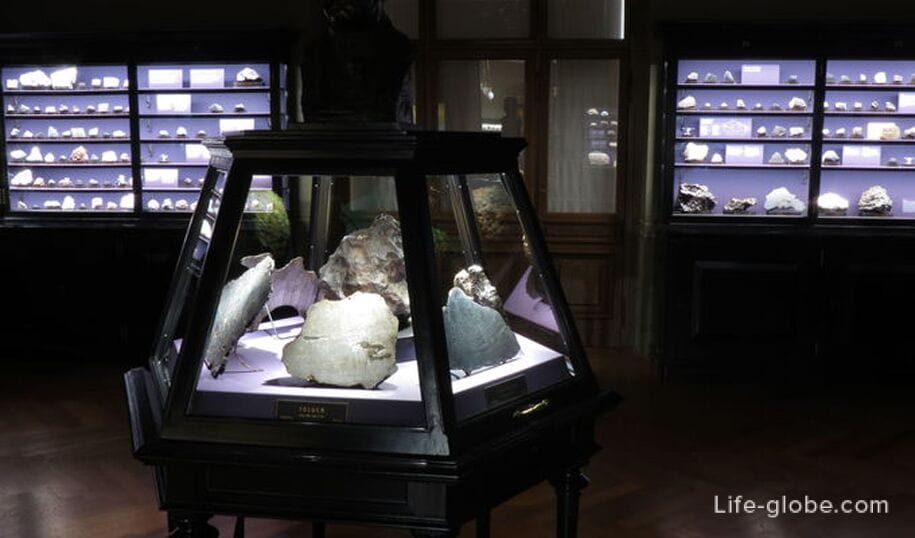
Also notable in the main museum is the Pantheon - a collection of busts and statues of prominent figures of Czech culture.
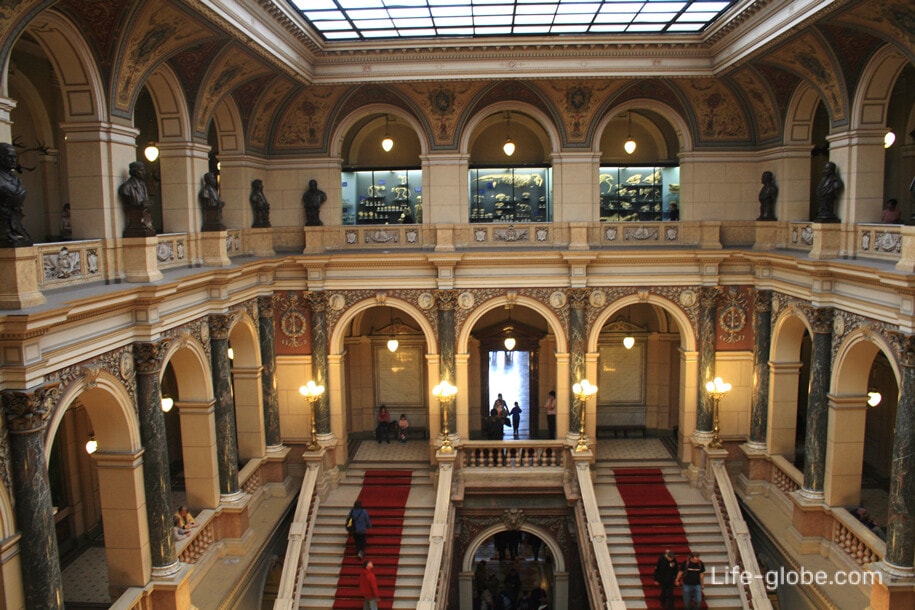
In addition to the main historical building,The National Museum in Prague consists of: a new building near the Main Historical One with the exposition "History of the twentieth Century" and temporary exhibitions about Czech culture; the Czech Music Museum; the Museum of Asian, African and American Cultures; the Ethnographic Museum; the Antonin Dvorak Museum in the Baroque house; the Bedrzyh Smetana Museum in the Neo-Renaissance building; the Lapidarium Pavilion with the the largest state collection of stone sculptures and architectural products in the Czech Republic from the 11th to the 19th centuries; the Yaroslav Yezhek Memorial (Blue Room); the monument to František Palacki and František Ladislav Rieger in the late Baroque house; the national monument on Vitkov - a war memorial complex and a historical museum with panoramic views of the city and a view cafe on the roof.
The objects of the National Museum outside Prague: the Museum of Czech Dolls and Circus, Vrhotovy Janovice Castle, the house of Bedrich Smetana, the house of Josef Suk, the house of Jan Palach and the villa of Hana and Edward Benes.
The main building of the National Museum is located at Vaclavske naměstí 68, Praha 1.
Entrance to the Main Building of the Museum and other museums of the National Museum is paid. There are different types of tickets.
Tickets to the main building of the National Museum can be purchased at the vending machine or ticket office of the museum, as well as online. Website of the National Museum of Prague: nm.cz .
All accommodation facilities in Prague (hotels, apartments, guest houses, etc.), including in the city center and more remotely from it, can be viewed and booked here